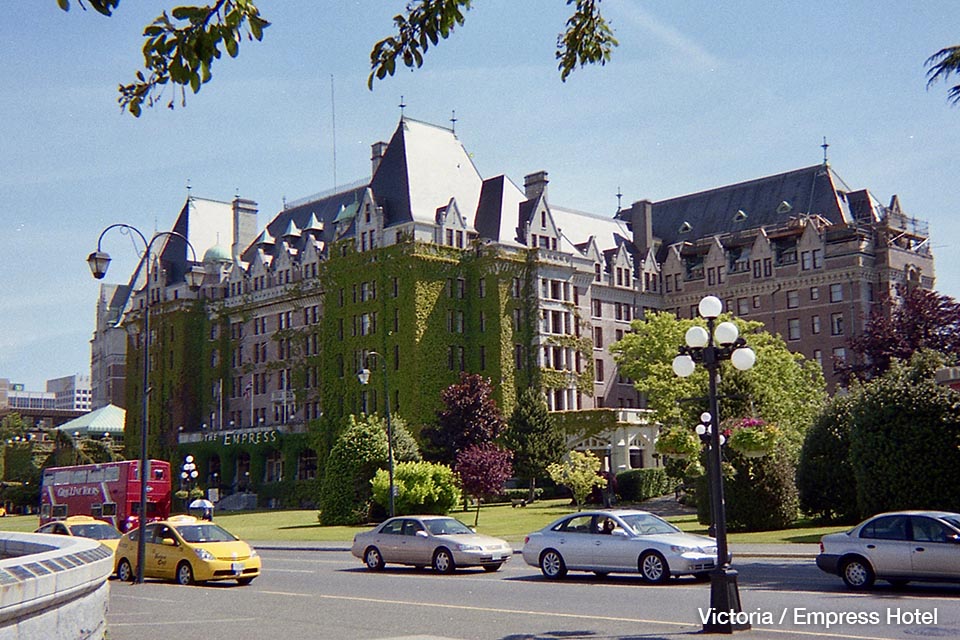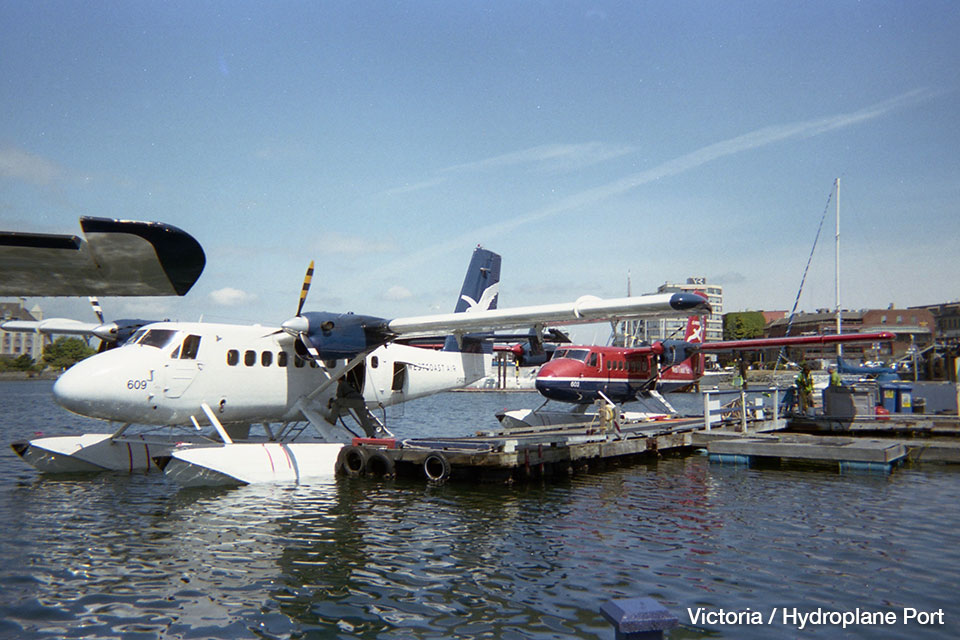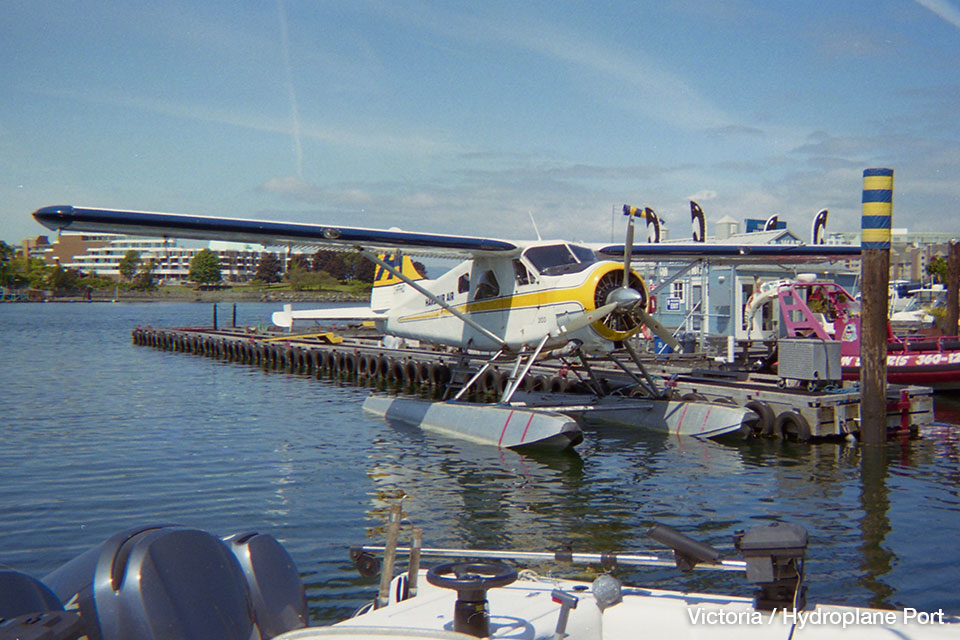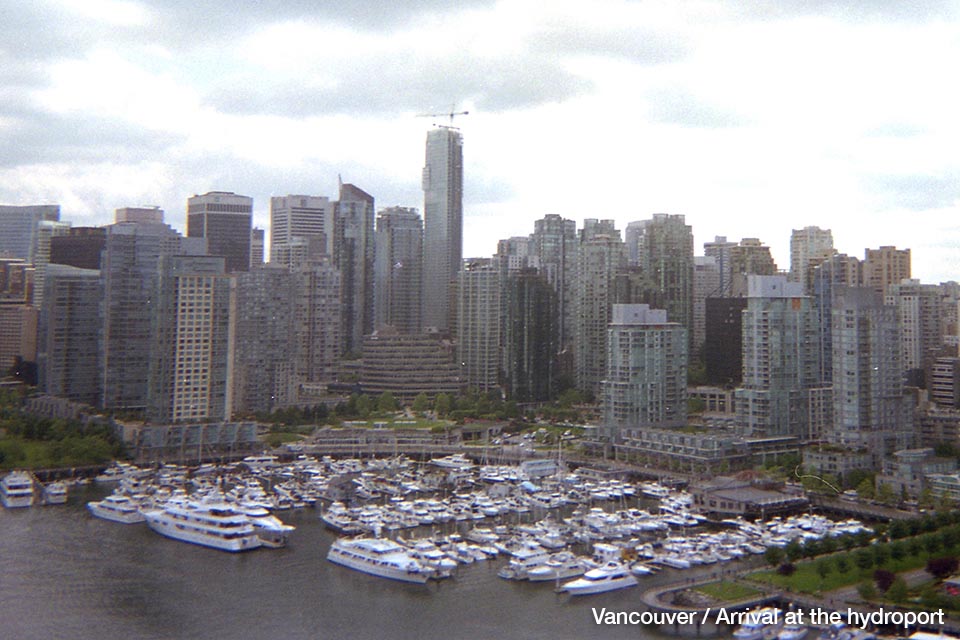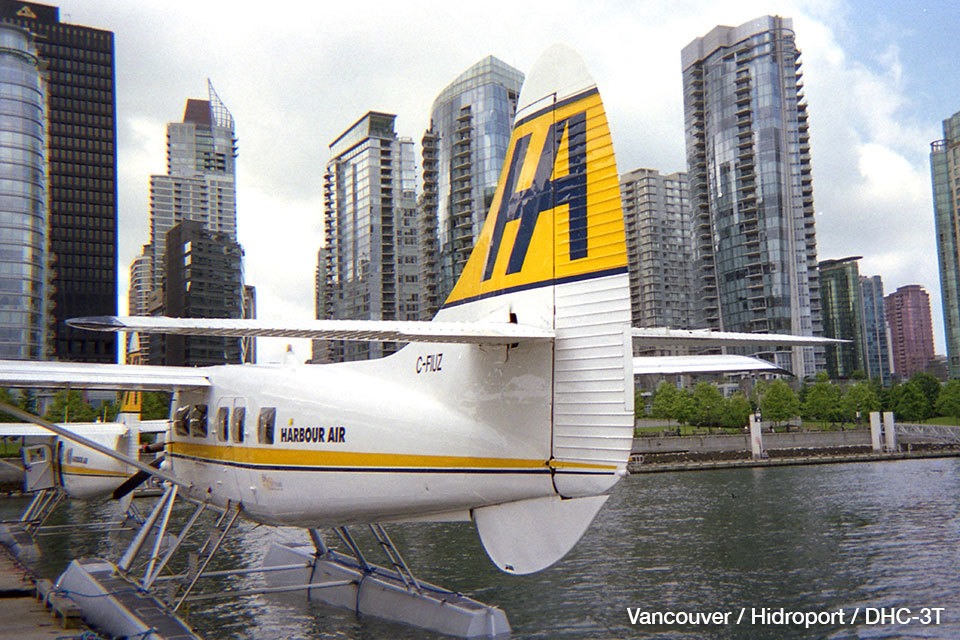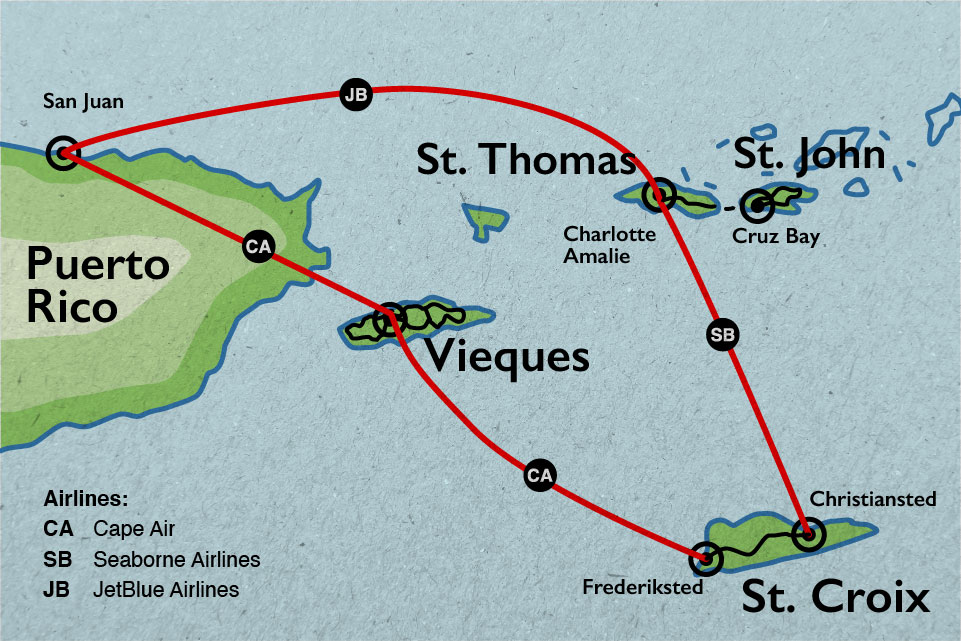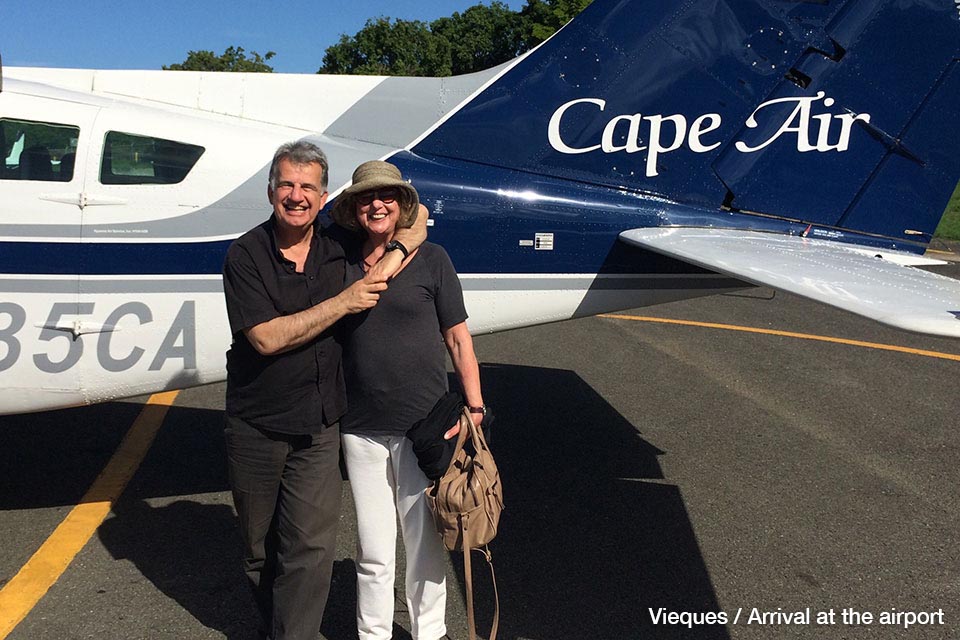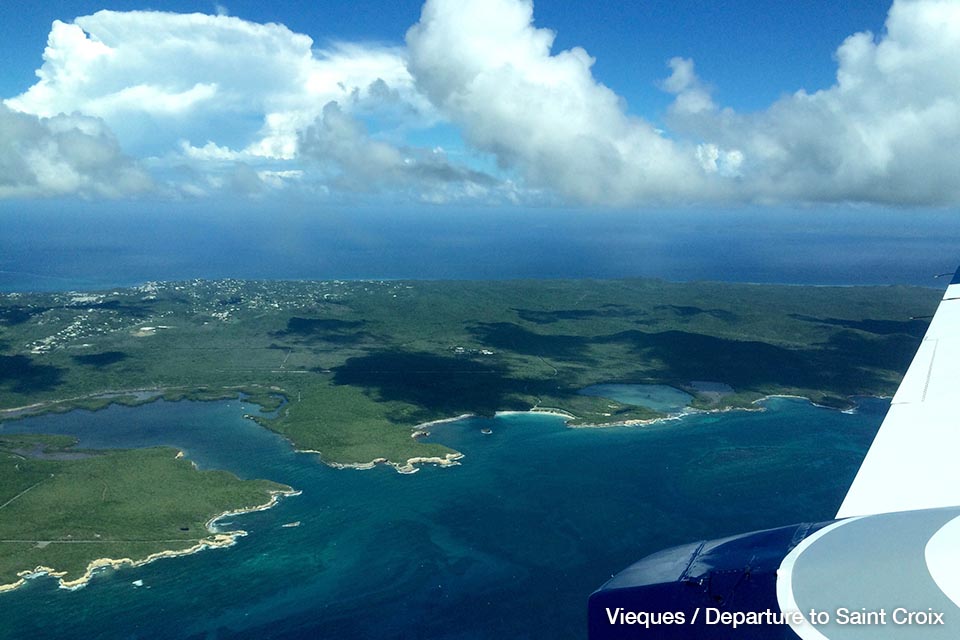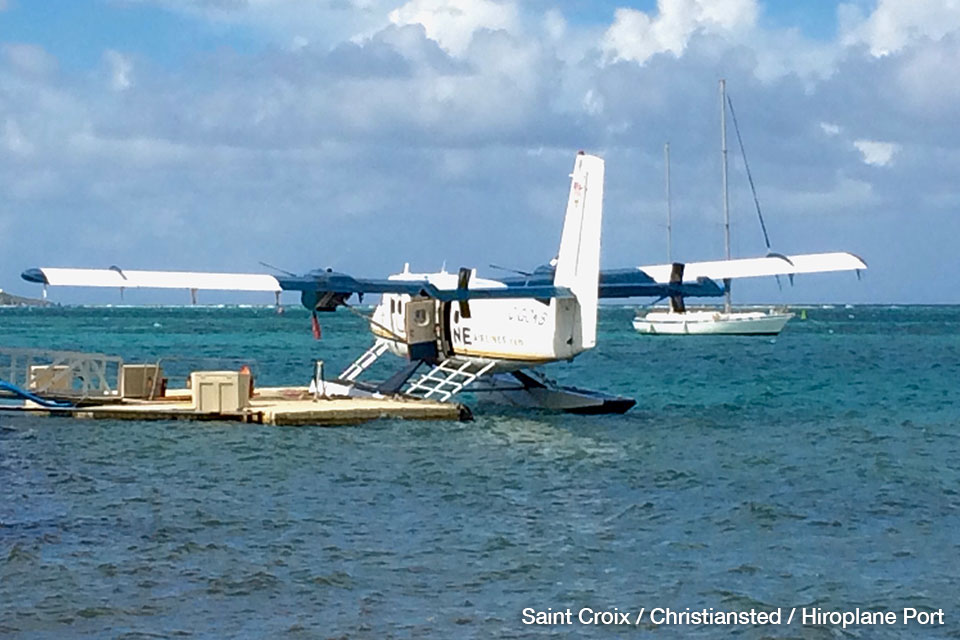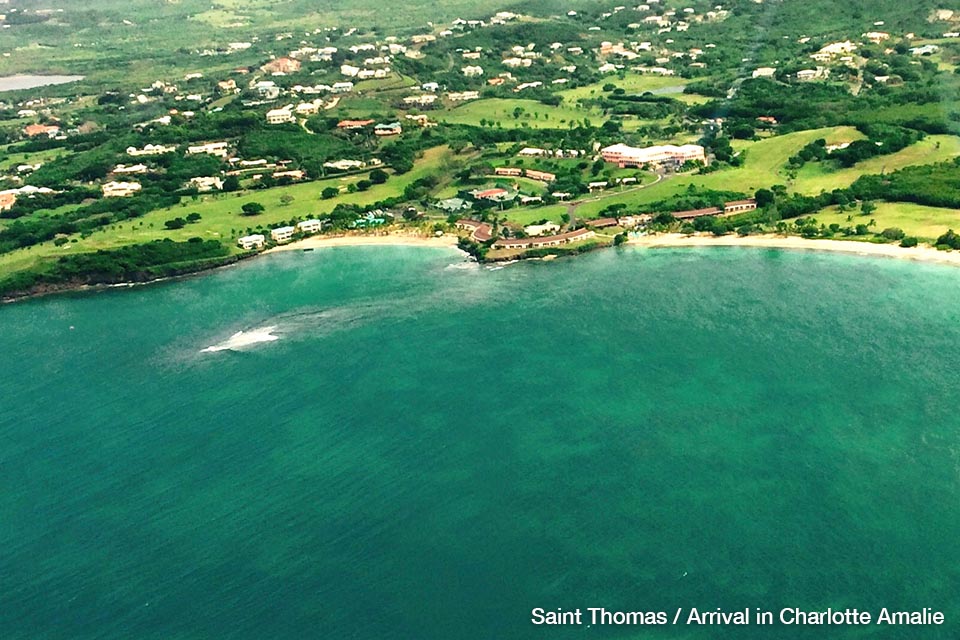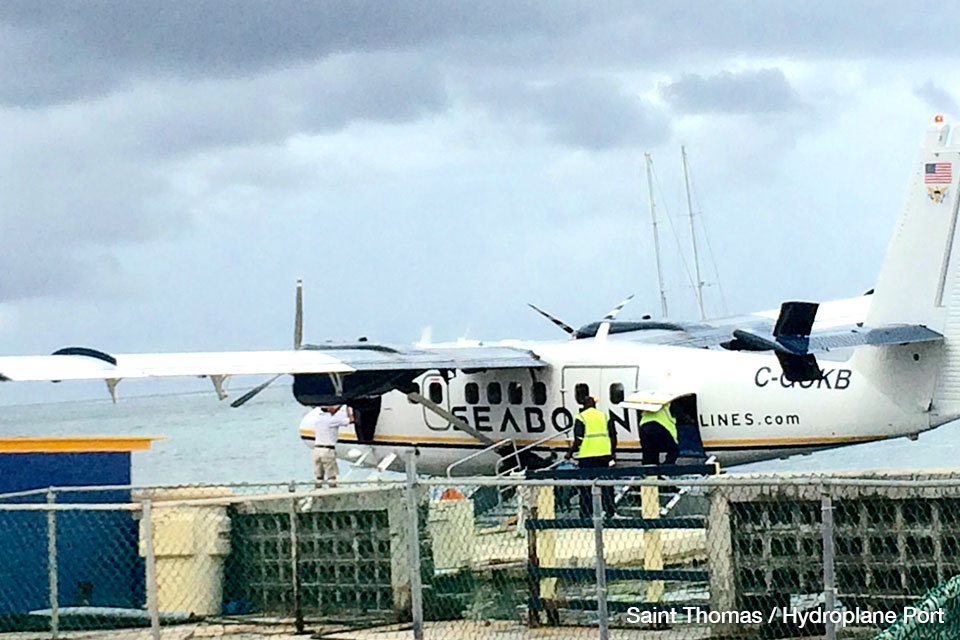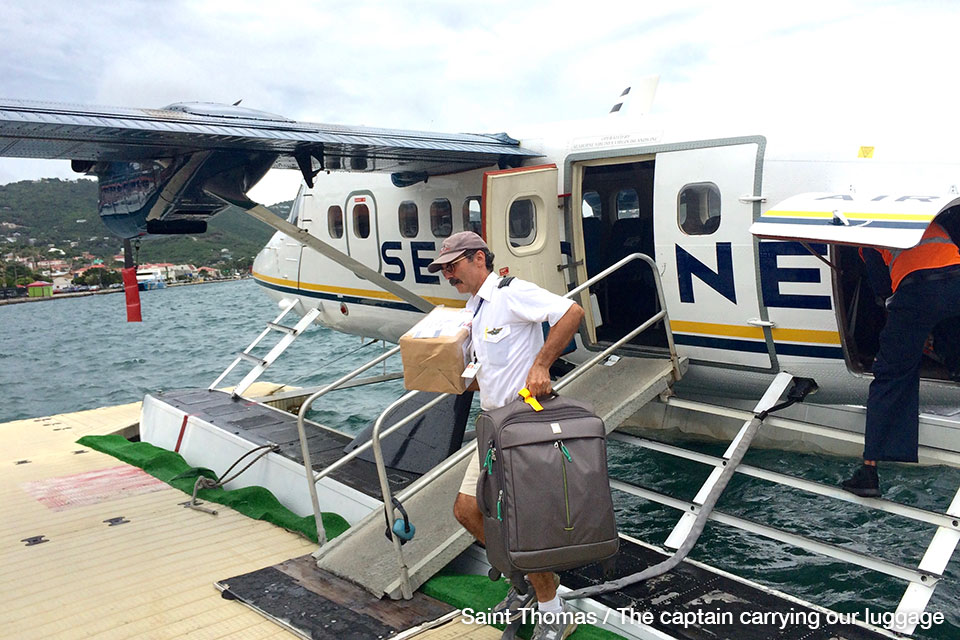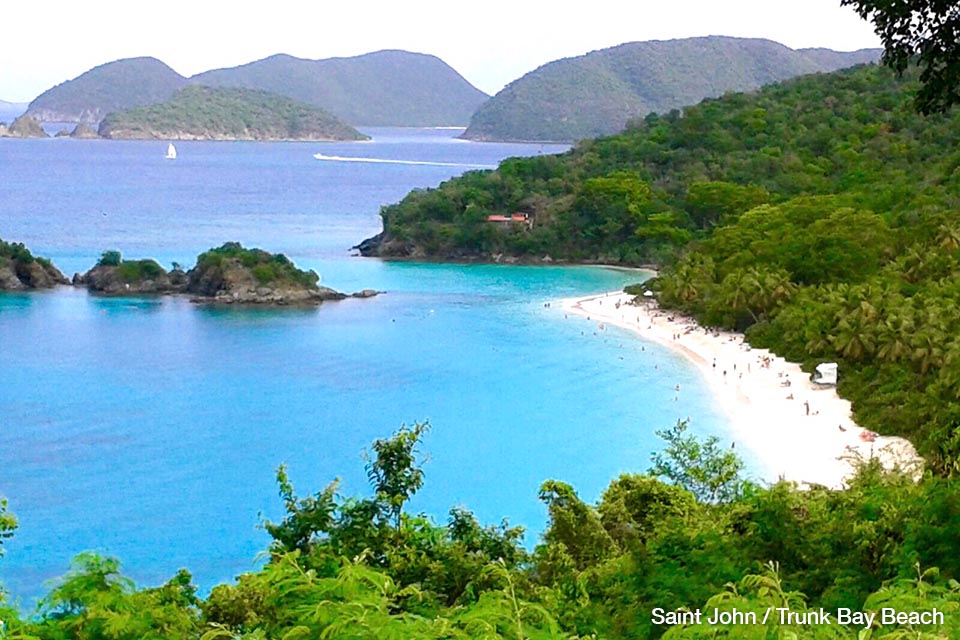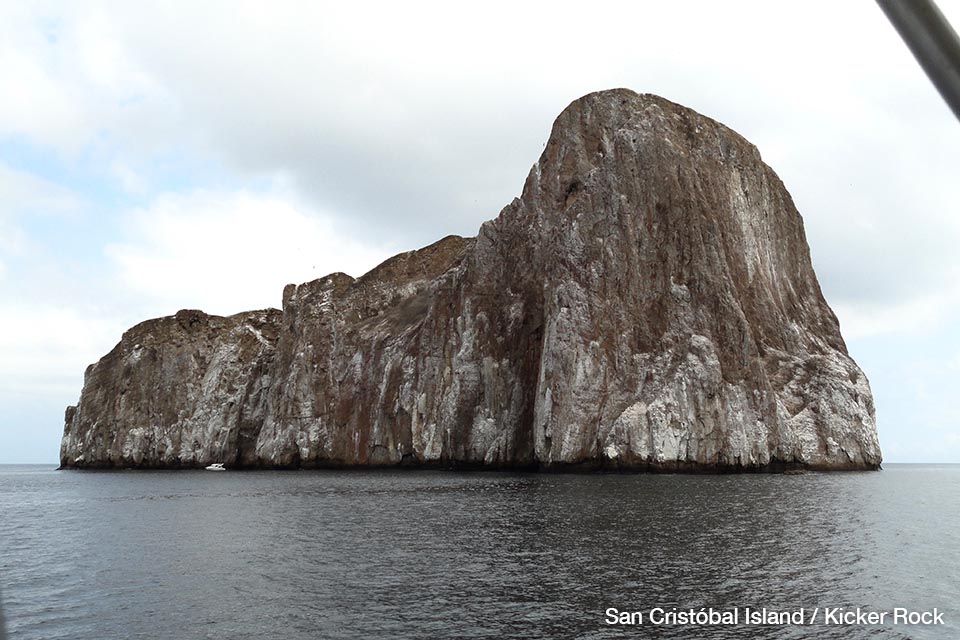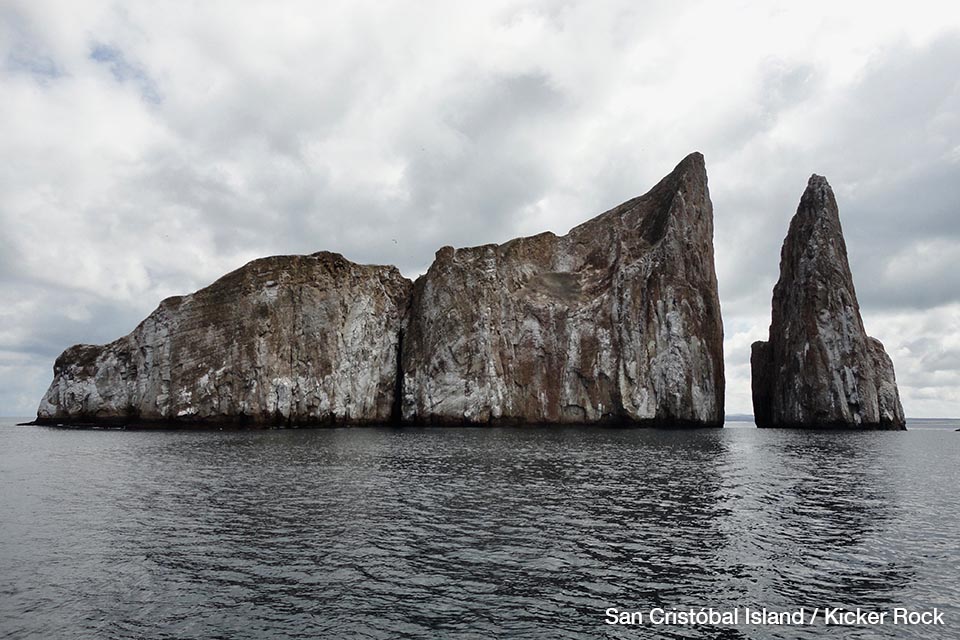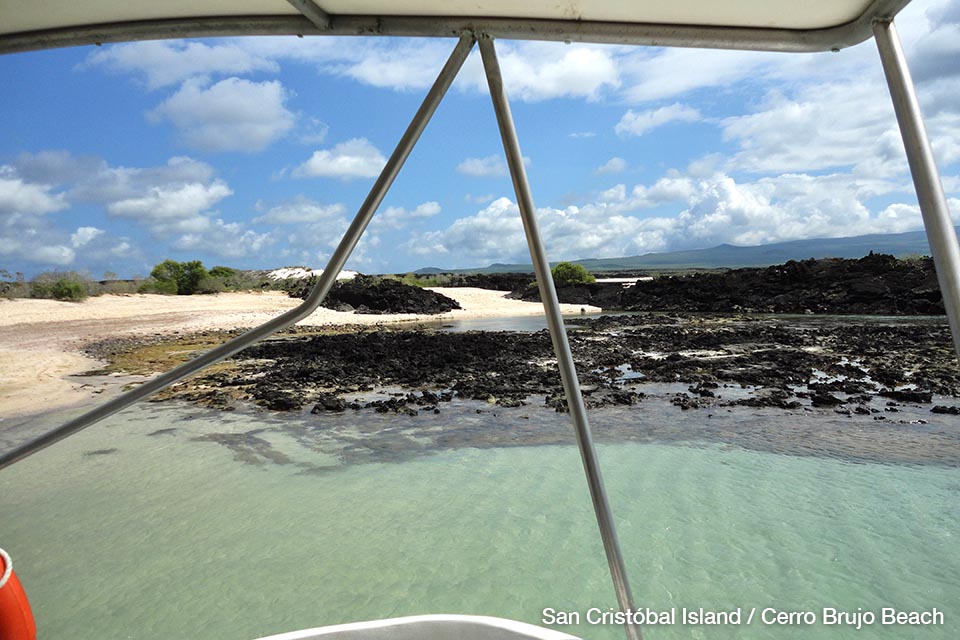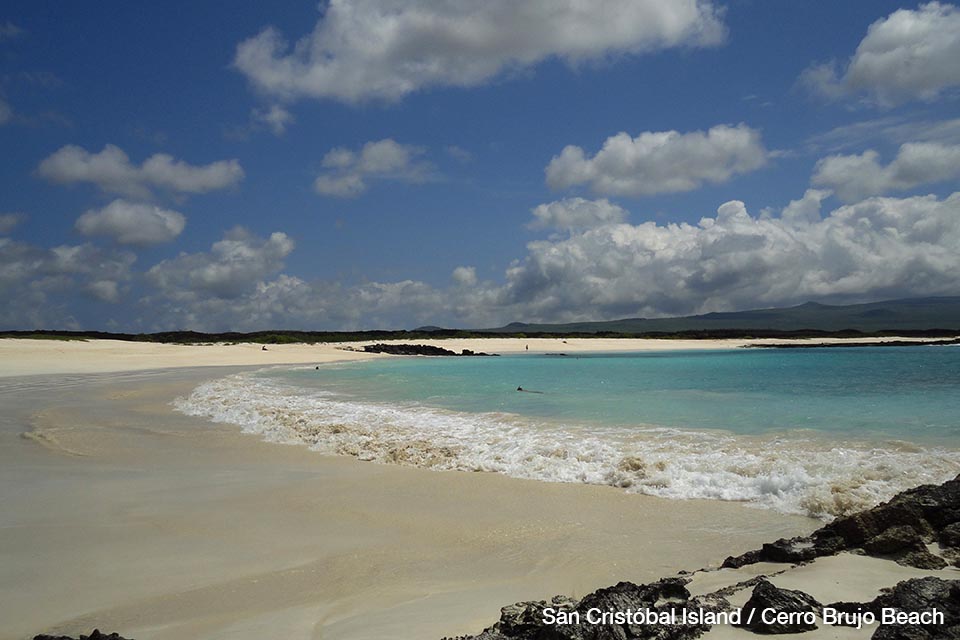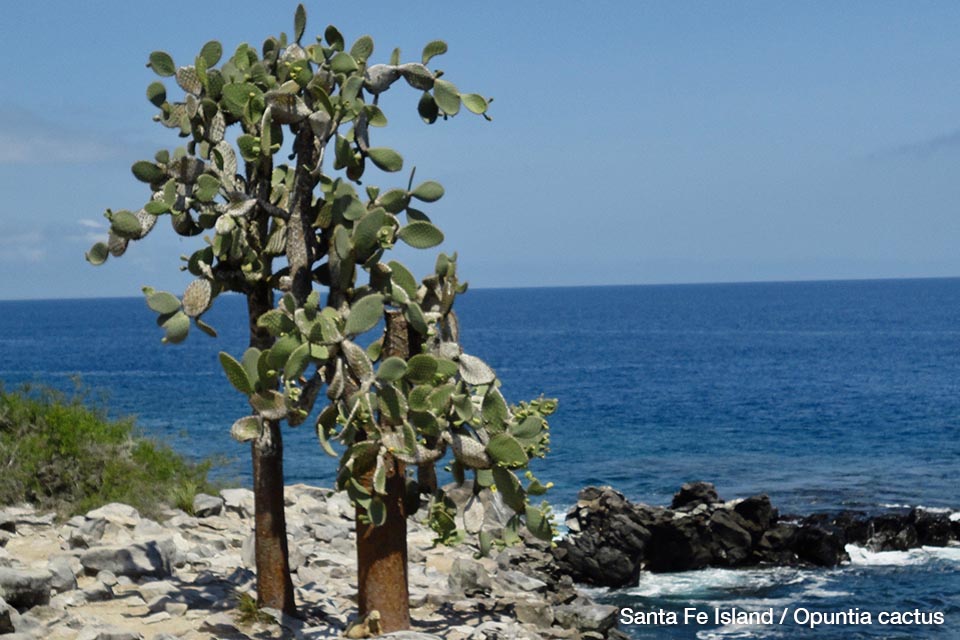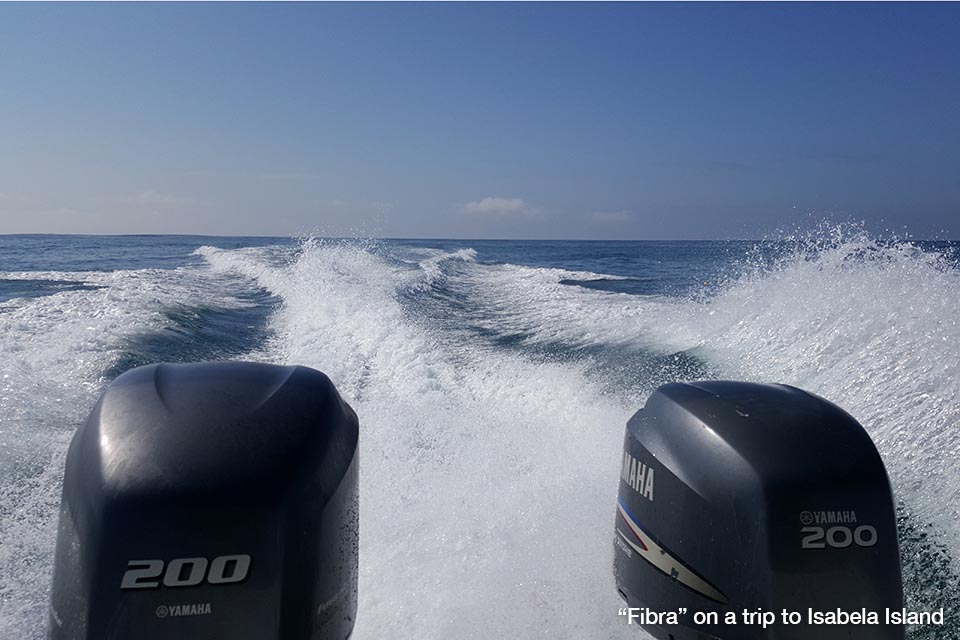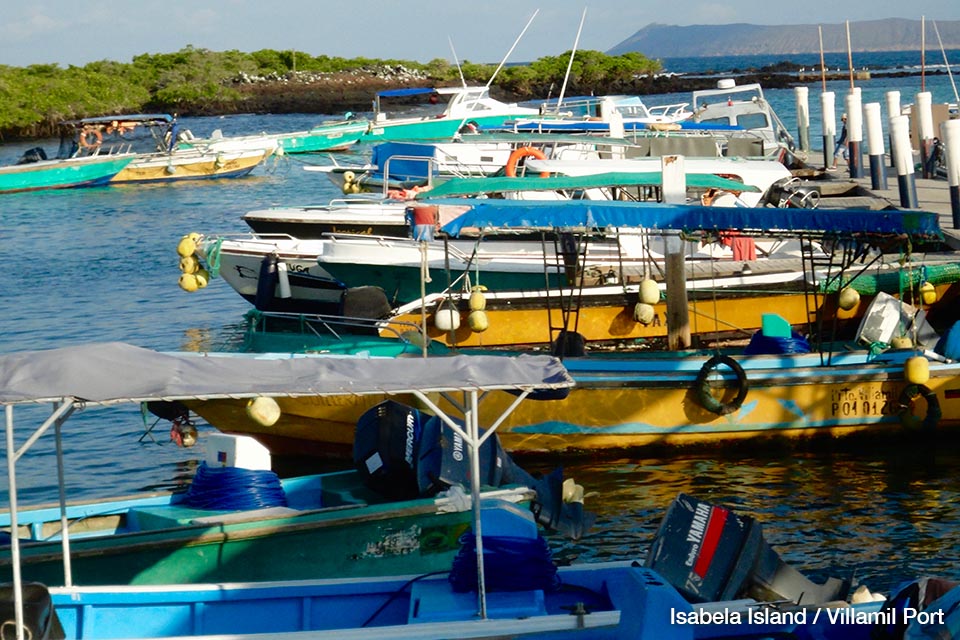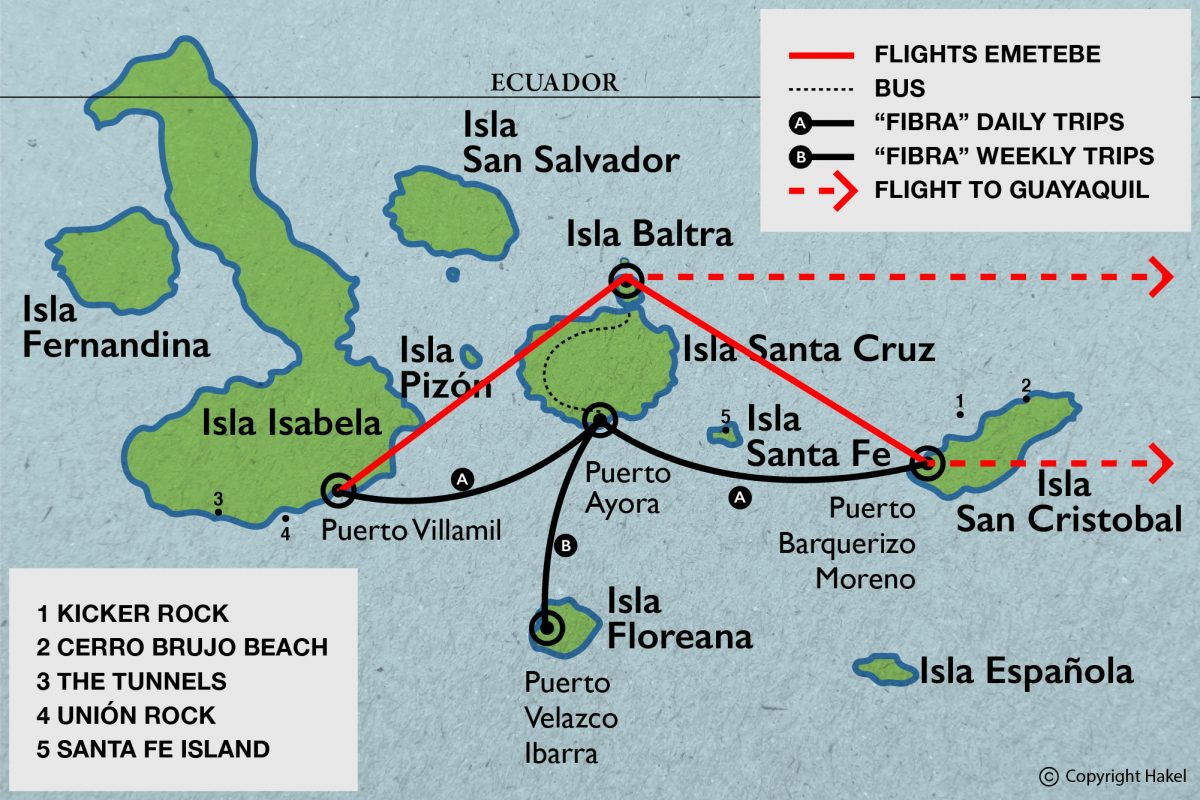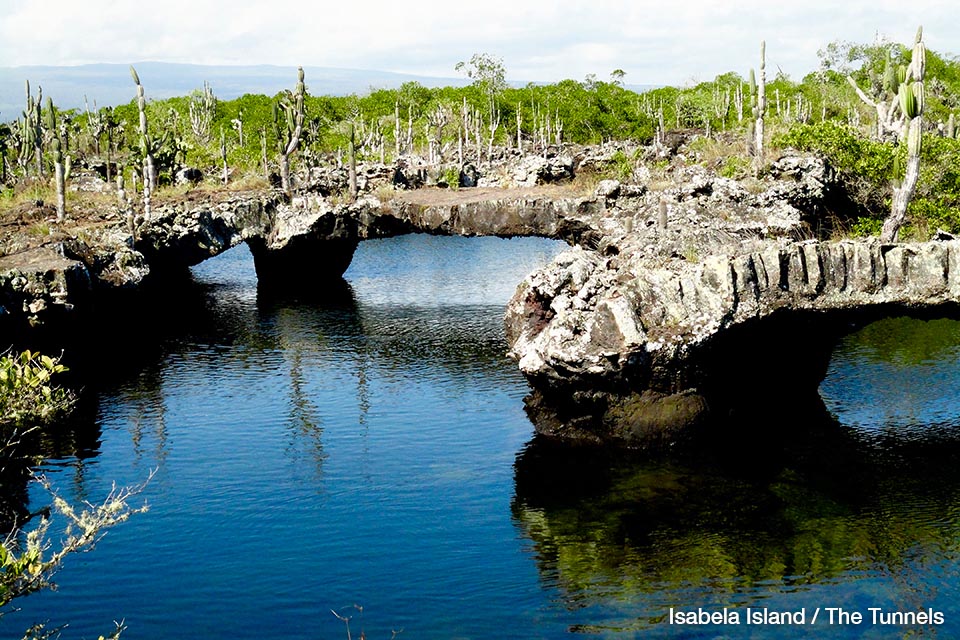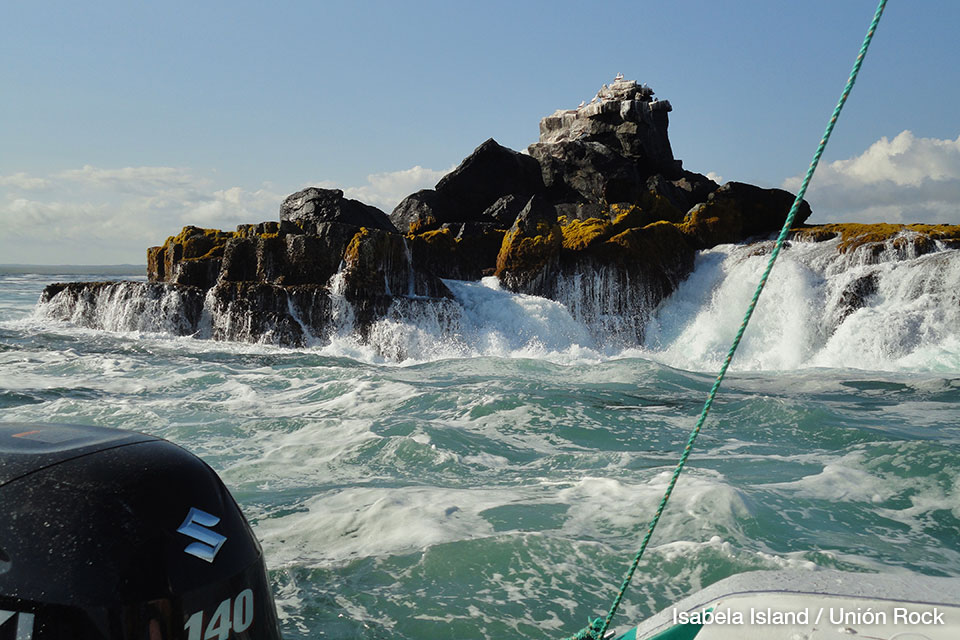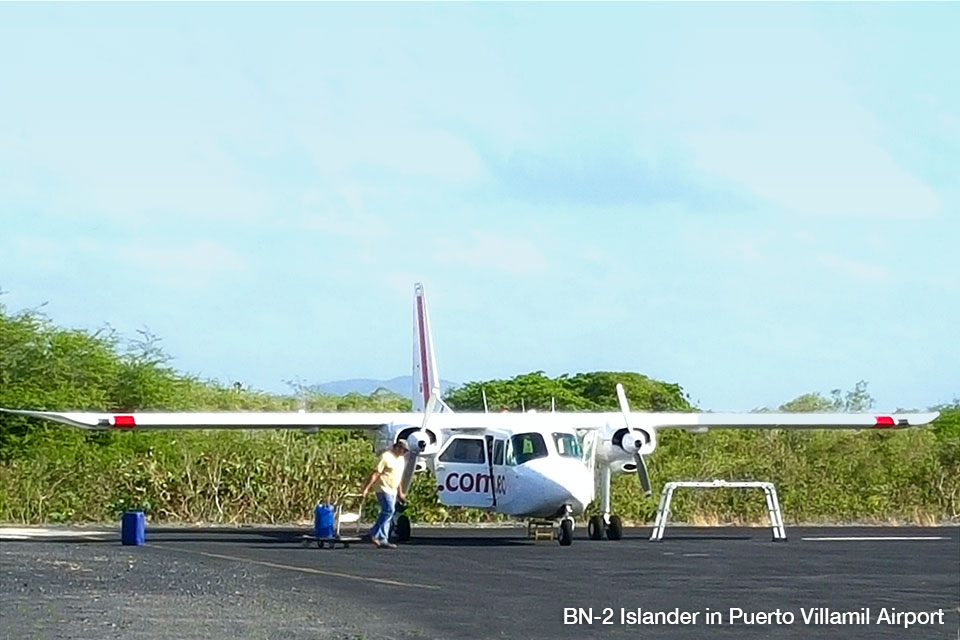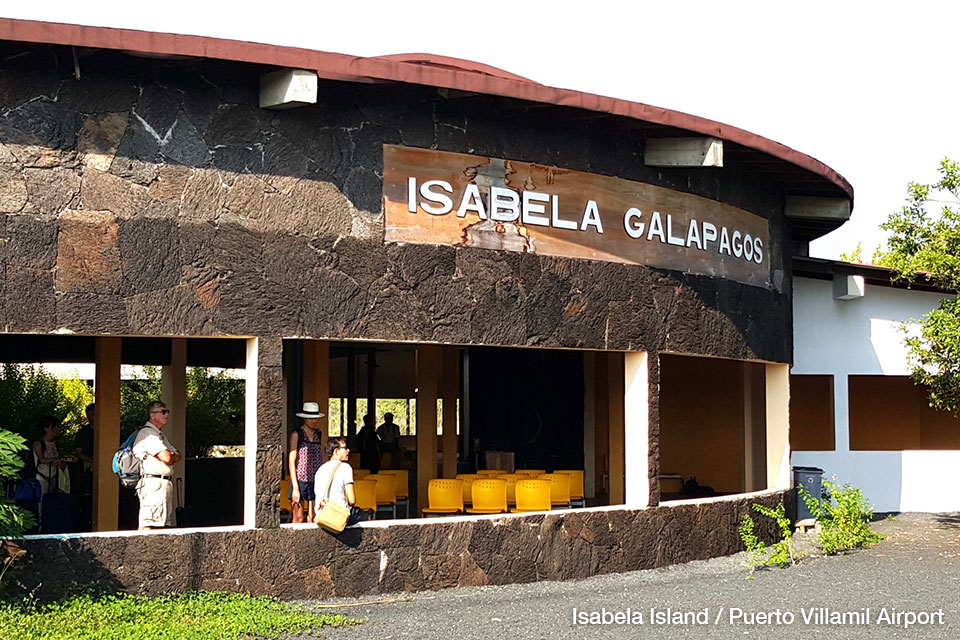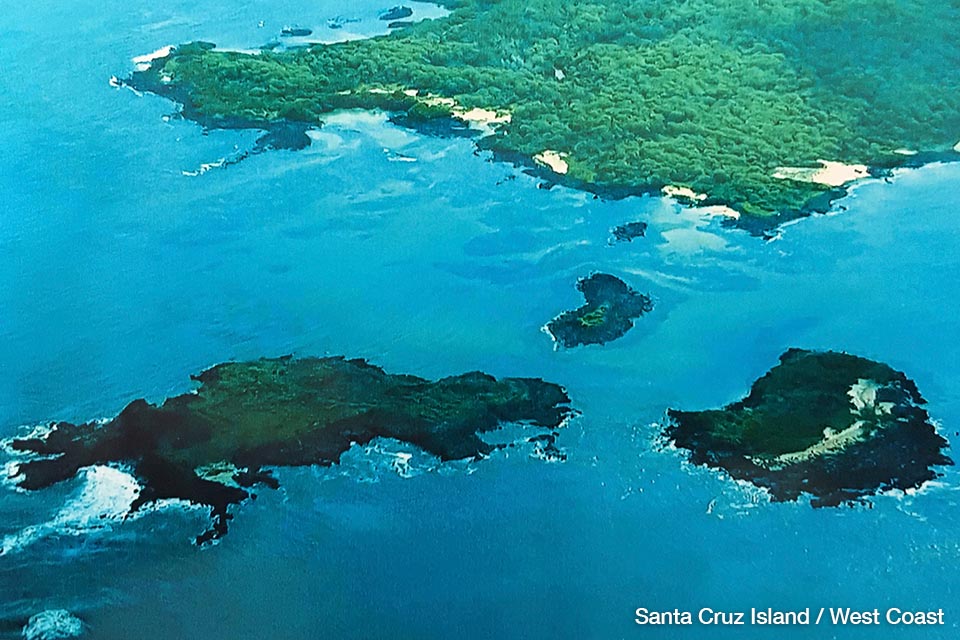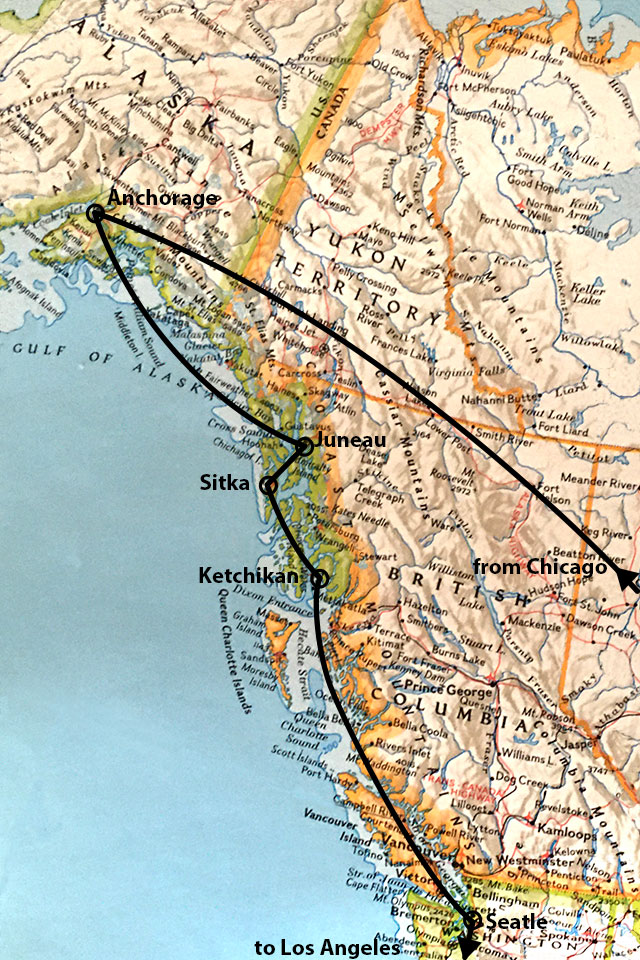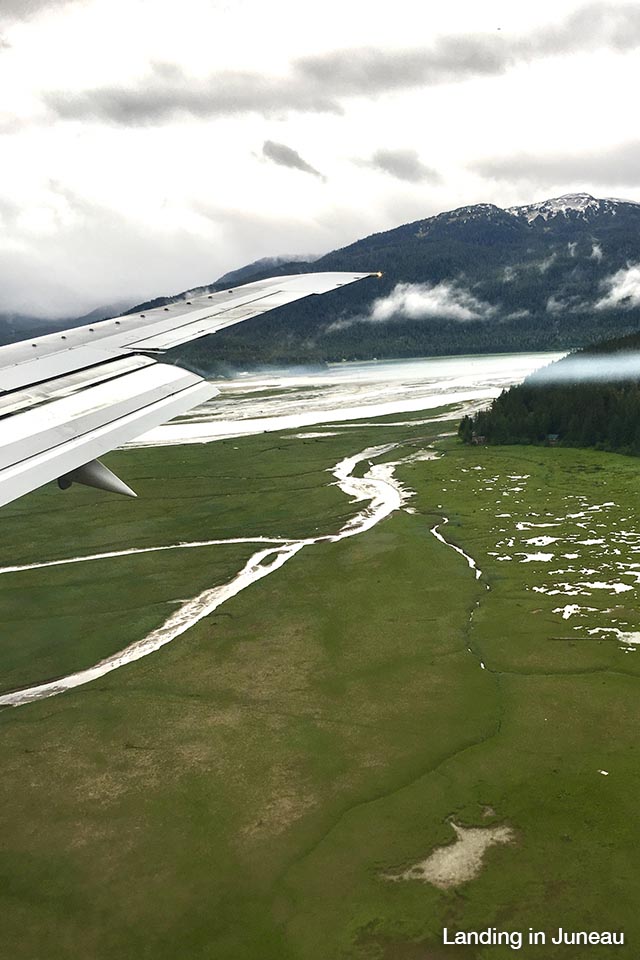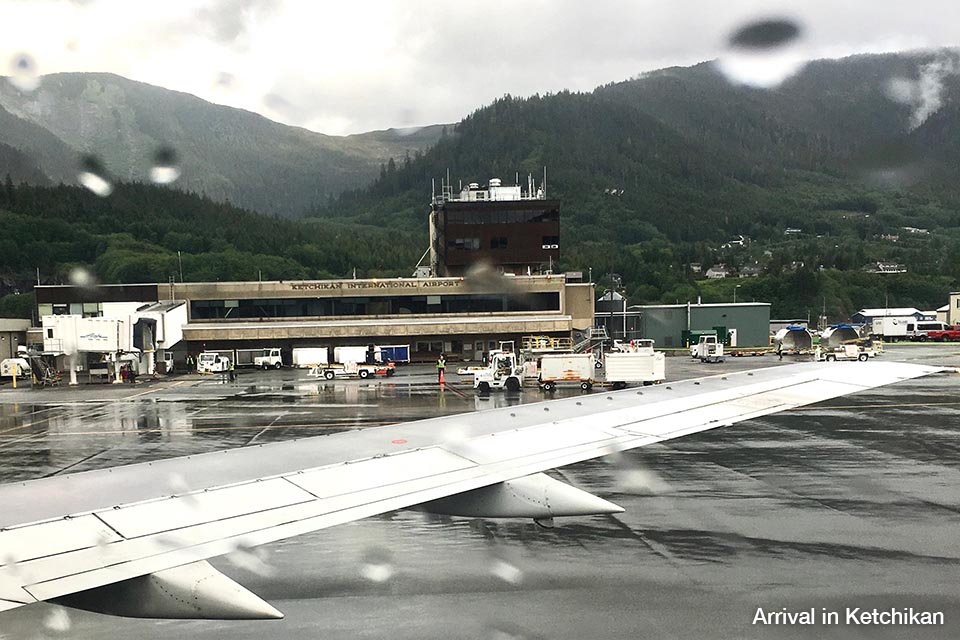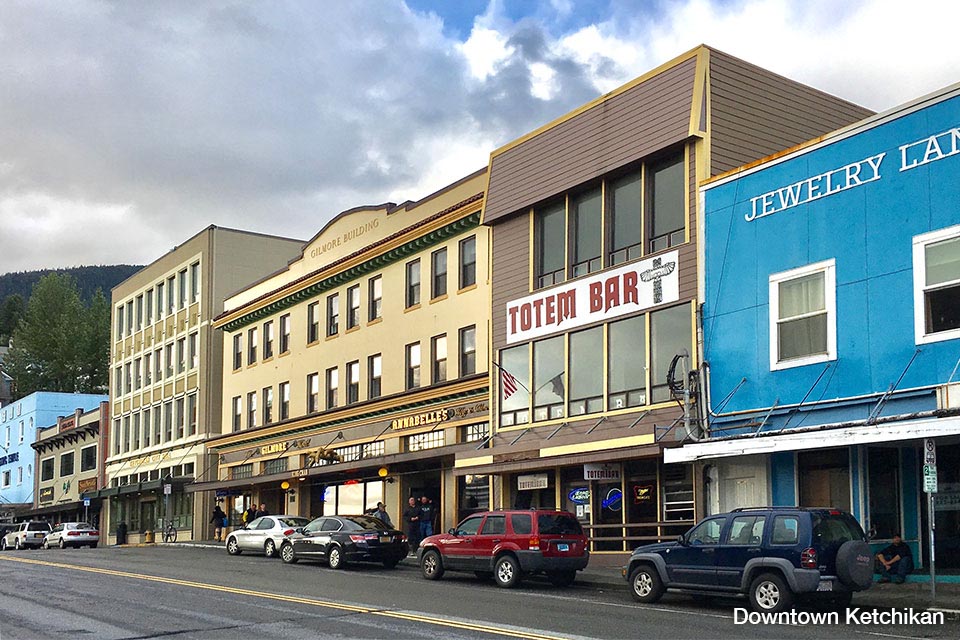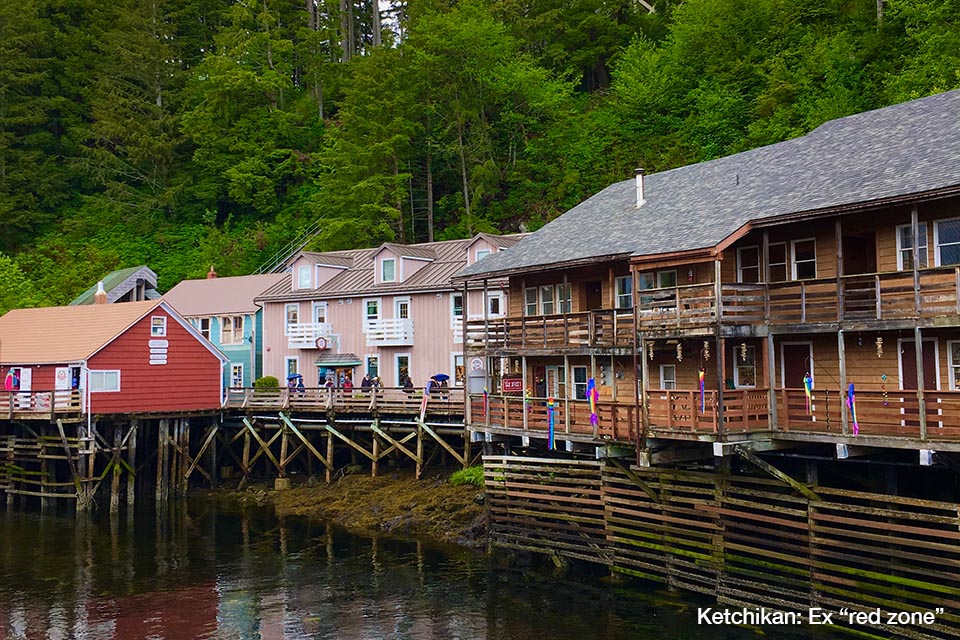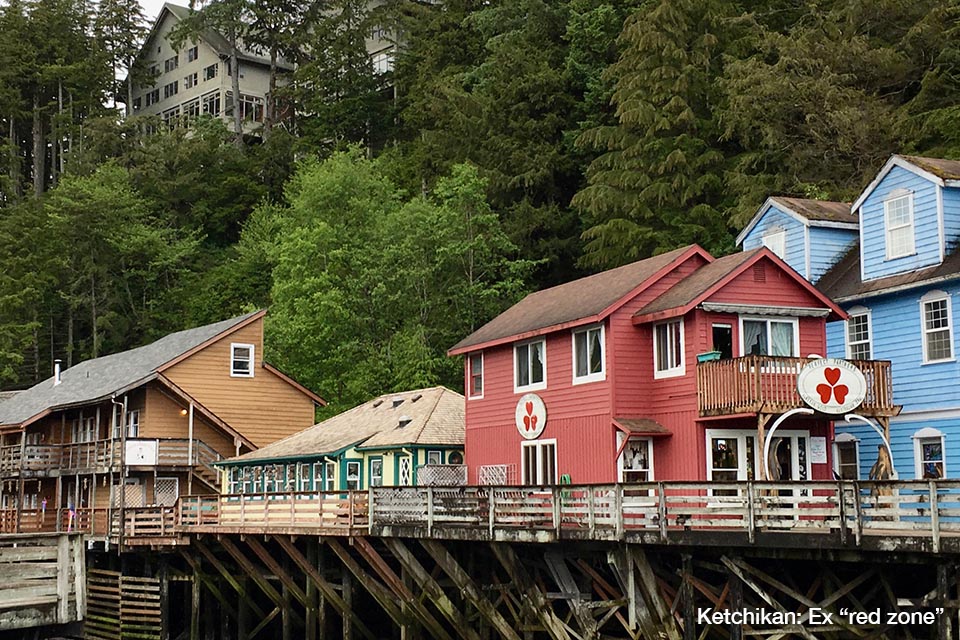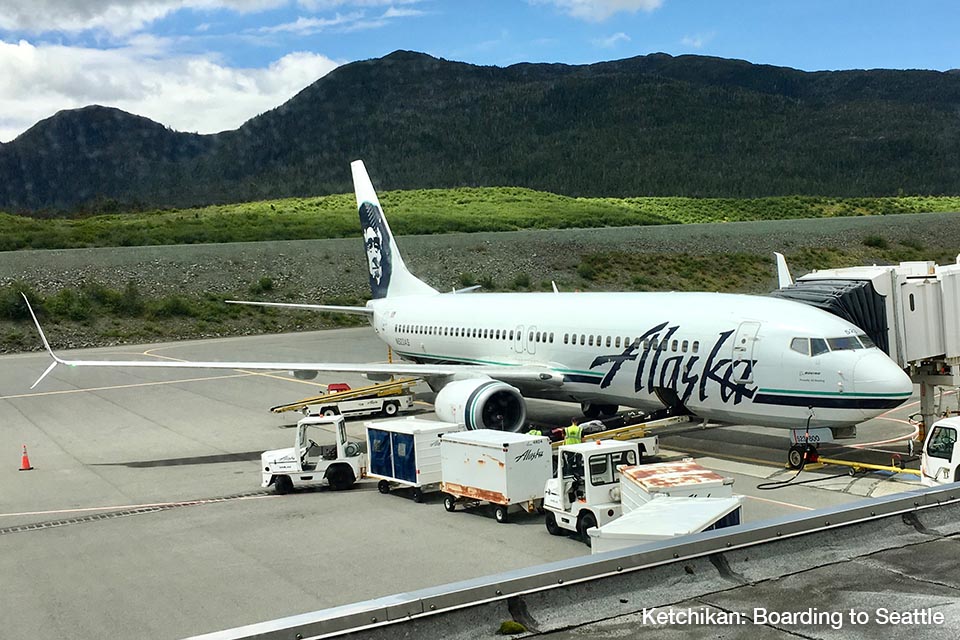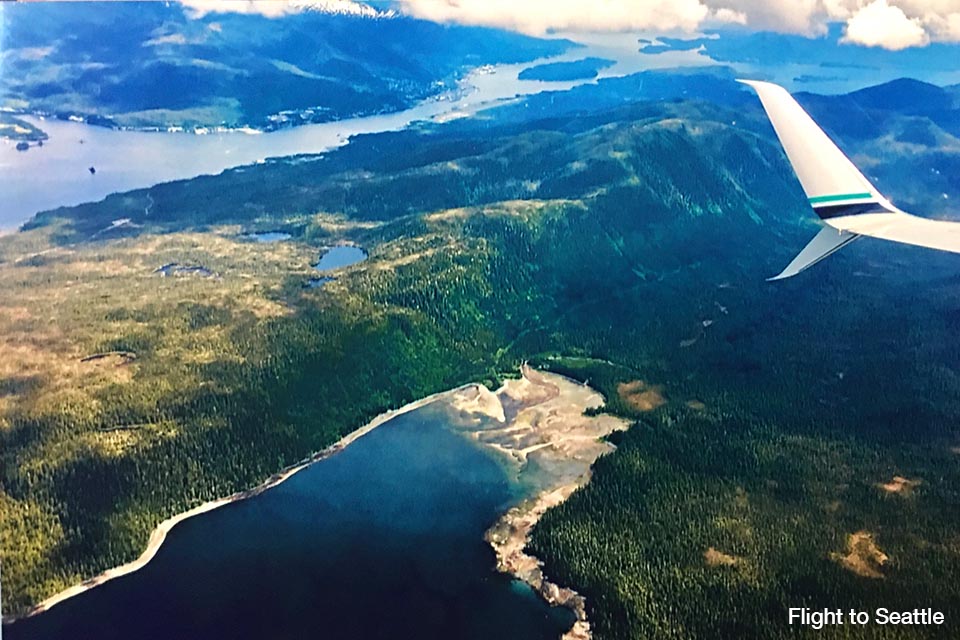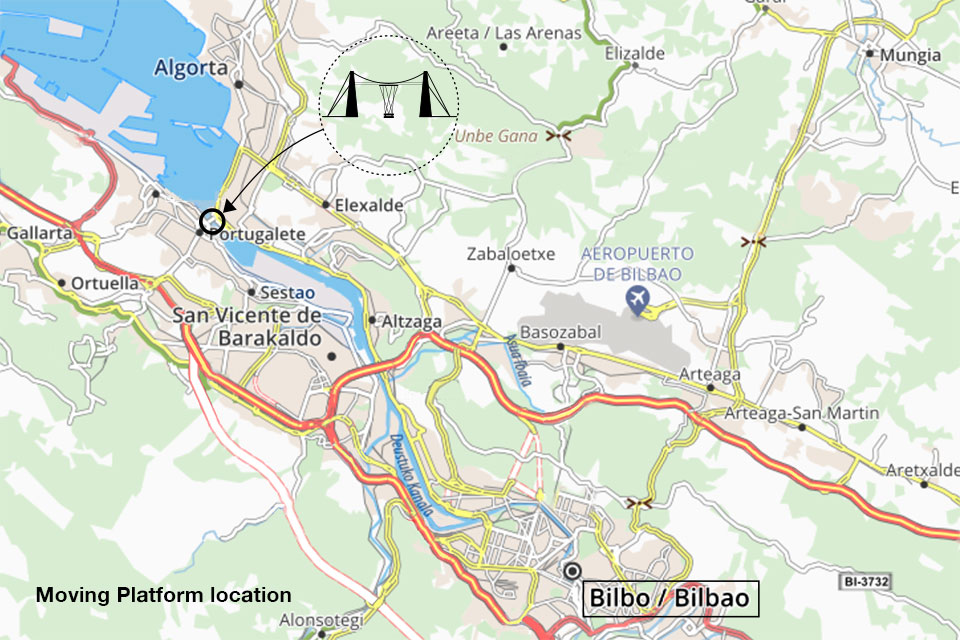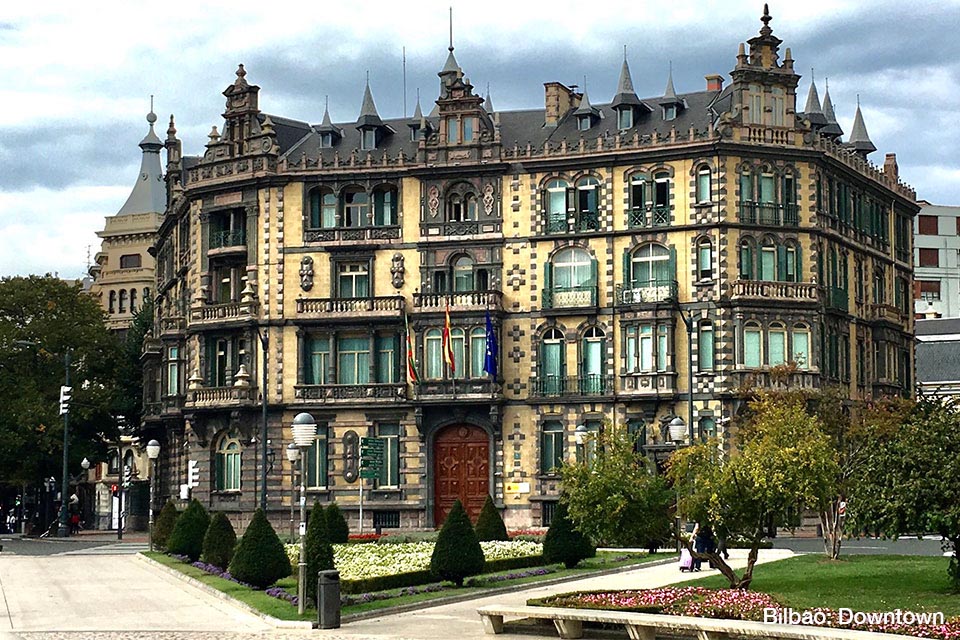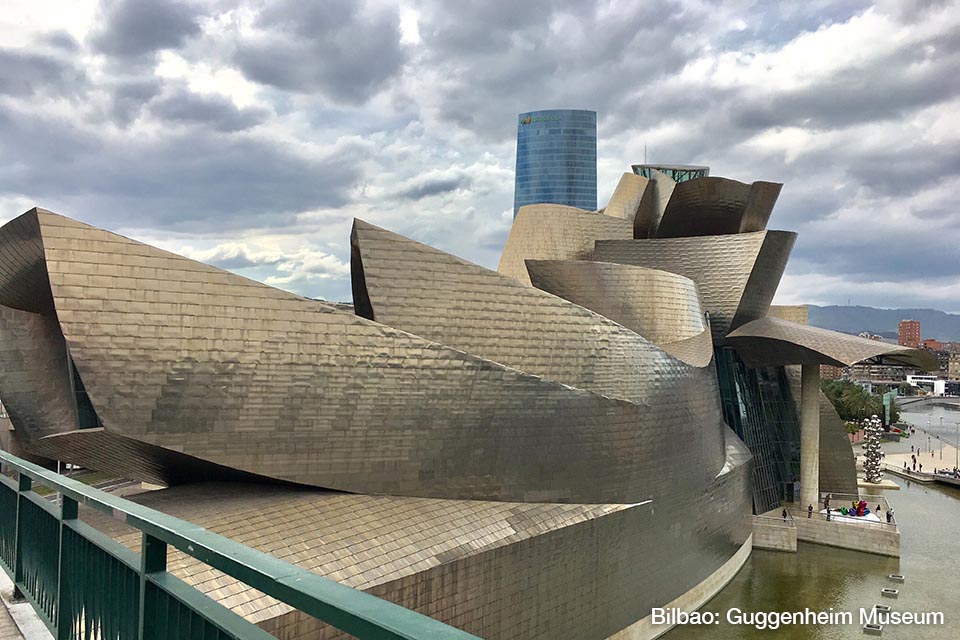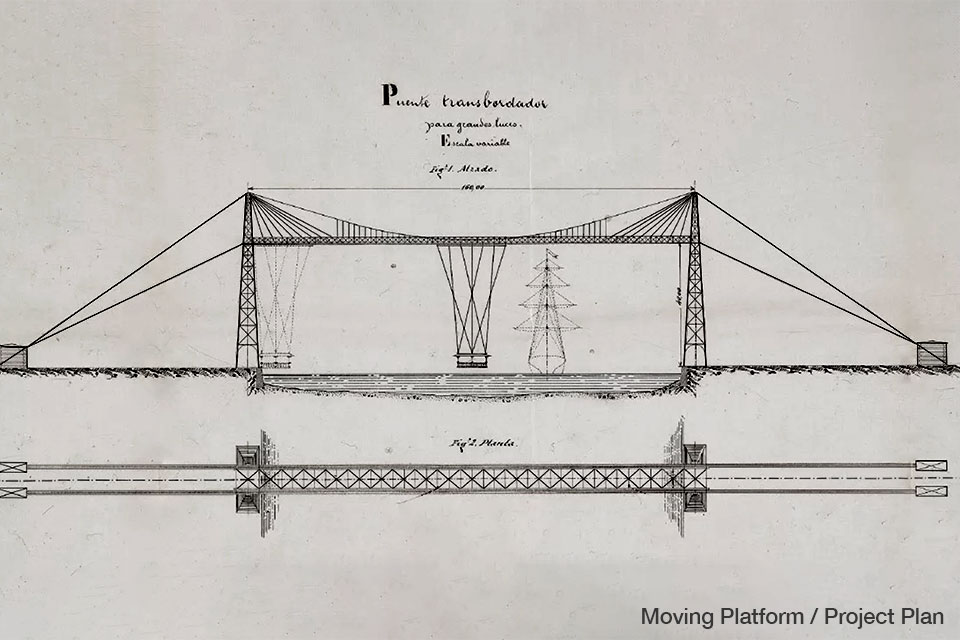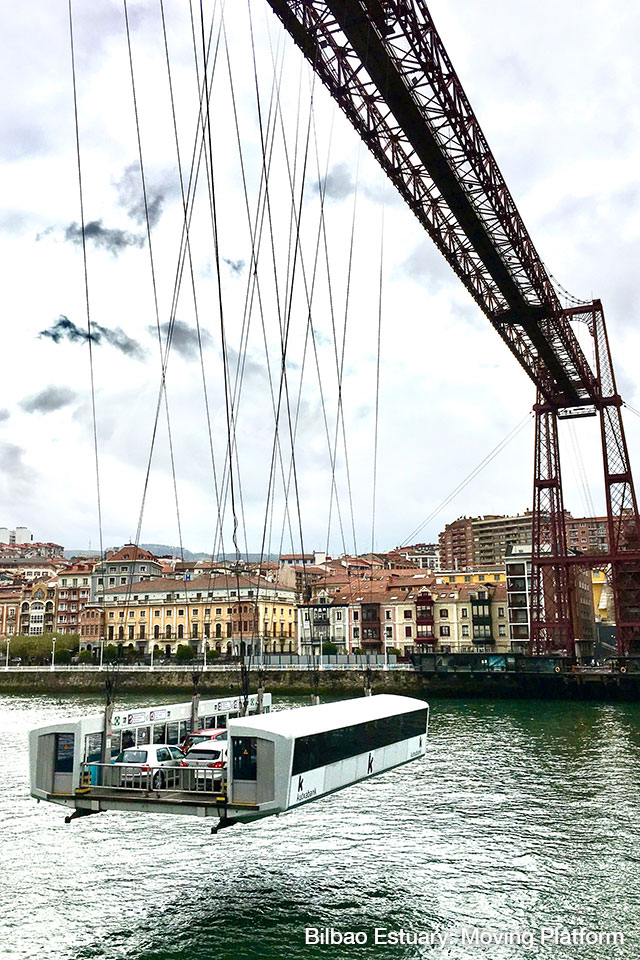Unusual flights and other transportation

VICTORIA / VANCOUVER
In British Columbia in Canada, there is an airline called Harbour Air, which has a huge fleet of small single-engine aircraft DHC-2 Beaver and Turbo Beaver and DHC-3 Otter and Turbo Otter. The aircraft with the denomination “turbo”, are old reconditioned airplanes, to which the piston engine was replaced with a new turboprop of the type PT-6A. With this modification, the performance of the aircraft is greatly improved. With its seaplanes, Harbour Air makes several flights to different destinations and also has a very frequent service between Victoria (which is the capital of British Columbia) and the city of Vancouver, which is the most important city in the province.
The advantage of these services is that flights depart from their coastal areas near the city center and you do not have to travel to their respective airports, where other commercial aircraft operate.
The journey between the two cities lasts about 45 minutes and the views are spectacular.

VIRGIN ISLANDS (I)
In the U.S.A. there is an airline called Cape Air that exclusively flies small twin-engine planes with up to 9 passengers. This allows them to fly commercially with just the pilot (and no copilot) and keep operating costs very low.
It has flights in different regions of the United States, not connected to each other. One of its bases is in San Juan, Puerto Rico. From there we flew to the island of Vieques, which until 2007, was used in most of its areas by the U.S. Armed Forces for their military exercises.
Now the island can be visited all year round and its inhabitants are not more exposed to the terrible stress of enduring the presence of war games, which disrupted their daily lives.
There are good beaches to enjoy and intricate roads to travel by Jeep. Most of the population speaks also Spanish and their way of life is quite modest.

VIRGIN ISLANDS (II)
From Vieques we continued by Cape Air to the Island of Saint Croix, which was sold (along with Saint Thomas and Saint John) by Denmark to the United States in 1917. From Christiansted (its capital), we took a flight with a Seaborne Airlines Twin Otter seaplane to Saint Thomas Island, where we arrived at Charlotte Amalie. We continue by land to the eastern end of the island and there, by ferry, we arrive at the Island of Saint John, which, as it has a national park that covers almost the entire island, does not have an airport.
This is the most beautiful island with a very dangerous vehicle traffic on very narrow and steep routes and where the locals accelerate their vehicles at the constant curves and counter curves of its roads. Public transportation is carried out by large vans equipped with wooden benches, without any side protection or seat belts, and you feel like you’re going to be thrown off the van, at any moment.

GALÁPAGOS ISLANDS (I)
In this site of the Galápagos Islands, there are no images of amphibian species, or birds, or fish. This review focuses on describing aspects of transport between the islands, regardless of the expensive cruise services that take tourists around several places and the planned one-day excursions, which return tourists to their starting point.
Only four of the many islands have a stable population and that in a small part of each of them.
The archipelago is easily reached from Guayaquil by plane to Baltra Island (with up to three daily flights), or to San Cristóbal Island (with four flights per week)
The original Baltra Island airport was built by the Americans, to be able to defend from there, a probable Japanese bombardment of the Panama Canal, after the attack on Pearl Harbor in 1941.

GALÁPAGOS ISLANDS (II)
Regular transport is carried out from the ports of the four inhabited islands, using speedboats called “fibras” and as an alternative there is also a small local airline, which operates flights on the two routes with the most traffic.
In the “fibras” one travels in an uncomfortable way. Any of the trips takes about three hours. It sails in the open sea and most passengers get seasick. Either you travel crammed inside the small cabin with opposite benches with heat and little air, or you travel in the back in the open air, with danger of heatstroke and with the noise of the powerful outboard motors. Nobody really wants to talk during the trip and everyone is aware of how long it takes to reach their destination.
The boats in which I traveled did not have a satellite navigator and the captain only had a manual communication’s radio.

GALÁPAGOS ISLANDS (III)
Air services are provided by the EMETEBE airline, which has old (but efficient) English BN-2 Islander twin-engined airplanes, for pilot and 9 passengers. The flights connect Baltra with Puerto Villamil, on Isabela Island and Baltra with Puerto Baquerizo Moreno, on San Cristóbal Island.
(From Baltra you get to Puerto Ayora by bus, after crossing a canal)
The airport in Puerto Villamil is the strangest, since it receives only the one that goes daily to Baltra.
The airline does not publish its schedules, but online you can request a reservation that they keep for 30 days and then you can buy the ticket in one of their agencies, or even in Guayaquil, before leaving for the islands.
The airline trip between the islands is fabulous (and expensive). If one hurries and requests it, it is possible to settle in the seat next to the pilot and have a privileged panorama. I have read that they charge extra for this, but it was not like that in my case.

ALASKA
I had planned to take a flight with several stops from Anchorage (in Alaska) to Seattle (in Washington State). In Anchorage I saw that the weather forecast for the cities further south, was going to be terrible. So I eliminated stopovers from my original plan and decided to stay only in the town of Ketchikan, which had been an important mining place during the gold age in Alaska.
Before leaving Anchorage I visited the base of the Transnorthern Airline, where I could enter to see their fantastic old aircraft (DC-3 and C-117), while they tuned their engines and moved them from the hangar to the platform.
From Anchorage the old Boeing 737-400 from Alaska Airlines flew first for about 30 minutes over the fantastic snow-capped mountains and then entered the storm zone and no more landscape was visible. The landings at Juneau and Sitka were in torrential rain and it was only when we reached Ketchikan that the weather improved. After spending two days in Ketchikan, I continued my trip to Seattle, this time in a brand-new Boeing 737-800, also from Alaska Airlines.

BILBAO (SPAIN)
This is an “air transport”, which does not fly, but is hung in the air with cables (and it is not a cableway).
Near Bilbao (Basque Country), there is an engineering work that is a transport system in itself. It is the Moving Platform over the Estuary of the “Ría de Bilbao”, which for 150 years has been used every day of the year; being fundamental for the movement of people between both banks of the Estuary, without hindering maritime traffic.
Its structure is entirely made of iron, with two 51 -meter-high towers on both sides of the Estuary and a 160 -meter-long beam that links them and from which a moving platform hangs and goes (with a mechanism), from one shore to the other.
Up to 12 vehicles and about 150 people, can enter the platform.
The whole set has harmonic proportions, and no superfluous elements appears in its structure.


